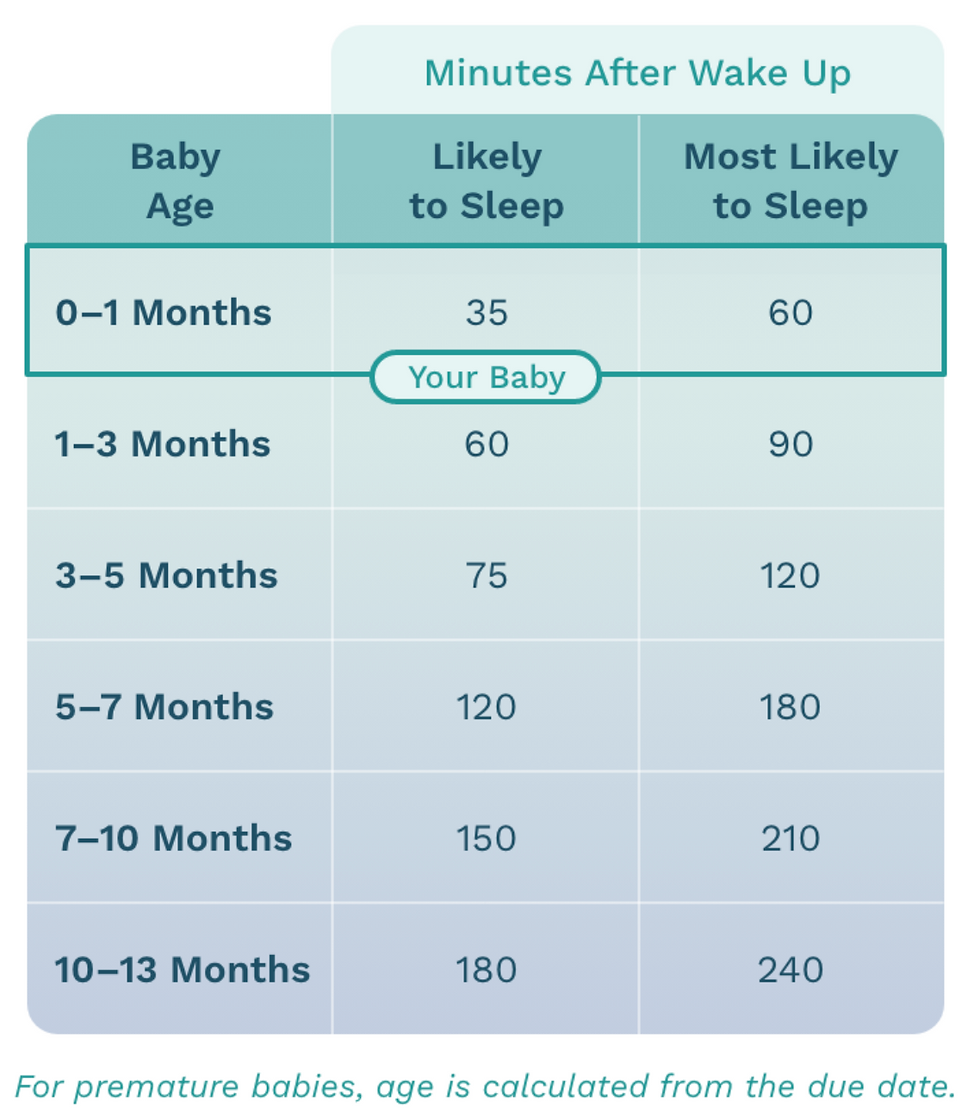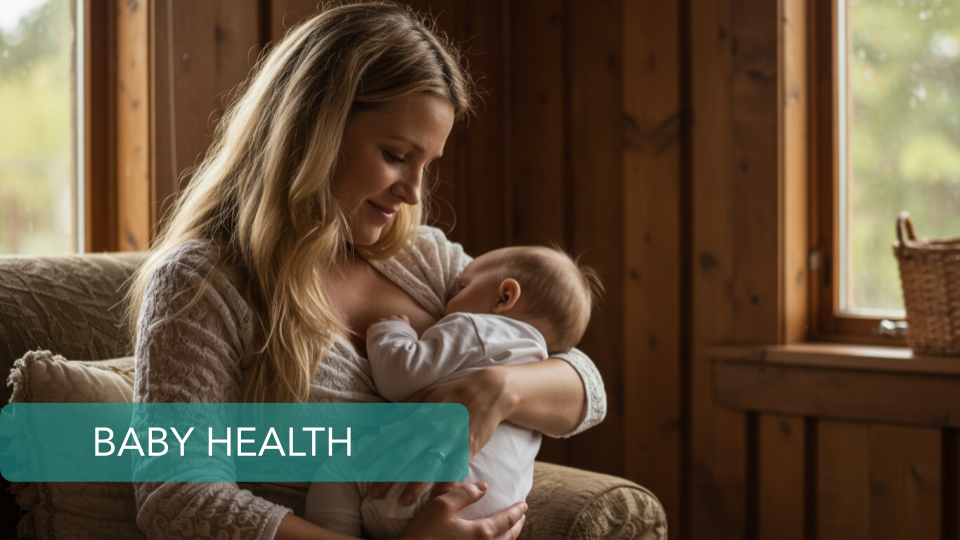Baby Wake Windows by Age: Newborn and Infant Sleep Windows
- Caleb

- Aug 14
- 4 min read

Helping Your Child Sleep Better
Sleep is essential for a child's growth and development, but knowing the right sleep windows—the ideal times when your child is naturally ready for sleep—can make a significant difference in sleep quality and duration. IF you've ever struggled with bedtime battles or short naps, understanding sleep windows by age will help you create a smoother, more restful routine.
What Are Sleep Windows?
Sleep windows refer to the optimal periods when your child is naturally primed for sleep. Missing this window can lead to overtiredness, making it harder for them to settle down and stay asleep. Babies and young children cycle through sleep readiness throughout the day, and identifying these windows can prevent bedtime struggles and night wakings.
Sleep Windows by Age
Newborns (0-1 Months)
Likely to Sleep: 35 minutes after wake-up
Most Likely to Sleep: 60 minutes after wake-up
Signs of Sleepiness: Yawning, fussiness, glazed eyes, rubbing eyes
Tips: Newborns have short sleep cycles, so aim for naps every 35-60 minutes to prevent over tiredness.
Infants (1-3 Months)
Likely to Sleep: 60 minutes after wake-up
Most Likely to Sleep: 90 minutes after wake-up
Signs of Sleepiness: Decreased activity, slower movements, staring off
Tips: Naps should be spaced every 60-90 minutes to help regulate their sleep cycle.
Babies (3-5 Months)
Likely to Sleep: 90 minutes after wake-up
Most Likely to Sleep: 120 minutes after wake-up
Signs of Sleepiness: Whining, rubbing eyes, becoming clingy
Tips: By this stage, babies start forming more predictable nap schedules.
Babies (5-7 Months)
Likely to Sleep: 120 minutes after wake-up
Most Likely to Sleep: 180 minutes after wake-up
Signs of Sleepiness: Hyperactivity (over tiredness), increased fussiness
Tips: Many babies transition to 3 naps per day during this stage.
Babies (7-10 Months)
Likely to Sleep: 150 minutes after wake-up
Most Likely to Sleep: 210 minutes after wake-up
Signs of Sleepiness: Decreased focus, eye rubbings, irritability
Tips: By 9 months, most babies shift to 2 naps per day.
Toddlers (10-13 Months)
Likely to Sleep: 180 minutes after wake-up
Most Likely to Sleep: 240 minutes after wake-up
Signs of Sleepiness: Meltdowns, difficulty focusing, sudden bursts of energy (over tiredness)
Tips: Some toddlers stop napping by 3-4 years, so ensuring an early bedtime is a key.
Toddlers (1-2 Years)
Wake Window: 4-6 hours
Total Daily Sleep: 11-14 hours
Signs of Sleepiness: Hyperactivity (over tiredness), increased fussiness
Tips: Many toddlers drop to 1 nap a day around 15-18 months.
Preschoolers (3-5 Years)
Wake Window: 6-12 hours
Total Daily Sleep: 10-13 hours
Signs of Sleepiness: Meltdowns, difficulty focusing, sudden bursts of energy (over tiredness)
Tips: Some children stop napping by 3-4 years, so ensuring an early bedtime is a key.
How to Use Sleep Windows for Better Sleep
Observe Sleep Cues: Each child shows different sleepiness signs—watch for eye rubbing, fussiness, or slowing down.
Follow the Clock: Use the above sleep windows as a guide and adjust based on yoru child's individual rhythm.
Create a Consistent Routine: A predictable bedtime and nap routine help regulate their natural sleep cycle.
Avoid Over-Tiredness: An overtired child has a harder time falling asleep and staying asleep—try to get them down before the window closes.
Let's Make It Easy!
Every child is unique, and while these sleep windows serve as a great starting point, flexibility is key. As your child grows, their sleep needs will shift, but keeping an eye on their natural rhythms will always help promote better rest.
Would you like a customized sleep plan based on your child's unique schedule? Download the Cubtale App and get your child's schedule and reminders set up, and learn more about the most likely to sleep windows!

Supporting Research from Experts:
According to Mindell et al. (2016), real-world data from mobile applications show that consistent sleep routines improve night sleep duration and reduce night wakings.
Paruthi et ak. (2016) state that children need specific sleep amounts by age to support brain development, memory, and emotional regulation.
Huang et al. (2011) highlights the role of adenosine in sleep regulation, emphasizing the importance of avoiding over tiredness.
Shakankiry et al. (2011) discuss the impact of sleep disorders in childhood and how proper sleep windows can help prevent sleep disruptions.
Sleep Medicine Review (2018) found that bedtime routines positively impact children's sleep quality, behavior, and cognitive development.
By following these expert-backed guideliness, parents can optimize their child's sleep for better health and development.

Note: The content on this site is for informational purposes only, and should not replace medical advice from your doctor, pediatrician, or medical professional. If you have questions or concerns, you should contact a medical professional.
Sources & Further Reading:
Mindell et al. (2016). Development of infant and toddler sleep patterns: real-world data from a mobile application.
Journal of Child Psychology and Psychiatry. (2002). Nighttime sleep-wake patterns and self-soothing from birth to one year of age: a longitudinal intervention study.
Shakankiry et al. (2011). Sleep physiology and sleep disorders in childhood.
Sleep Medicine Review. (2018). Benefits of a bedtime routine in young children: Sleep, development, and beyond. https://www.ncbi.nlm.nih.gov/pmc/articles/PMC6587181/.
Sleep Medicine Review. (2011). The consolidation of infants’ nocturnal sleep across the first year of life. https://pubmed.ncbi.nlm.nih.gov/21051245/.
American Academy of Pediatrics. (2009). Reversing Day-Night Reversal.
Patel, Aakash, et al. (2024). Physiology, Sleep Stages. https://www.ncbi.nlm.nih.gov/books/NBK526132/.
Nature and Science of Sleep. (2011). Sleep physiology and sleep disorders in childhood.
Journal of Developmental & Behavioral Pediatrics. (2001). Night Waking, Sleep-Wake Organization, and Self-Soothing in the First Year of Life. https://ncbi.nlm.nih.gov/pmc/articles/PMC1201414/.
Annals of Nutrition and Metabolism. (2020). Sleep and Early Brain Development.
https://karger.com/anm/article/75/Suppl.%201/44/42656/Sleep-and-Early-Brain-Devel.
Huang et al. (2011). The role of adenosine in the regulation of sleep.
Paruthi et al. (2016). Recommended Amount of Sleep for Pediatric Populations: A Consensus Statement of the American Academy of Sleep Medicine.
Sleep Medicine Clinics. (2007). The Development of Circadian Rhythms: From Animals To Humans. https://www.ncbi.nlm.nih.gov/pmc/articles/PMC2713064/.





Comments